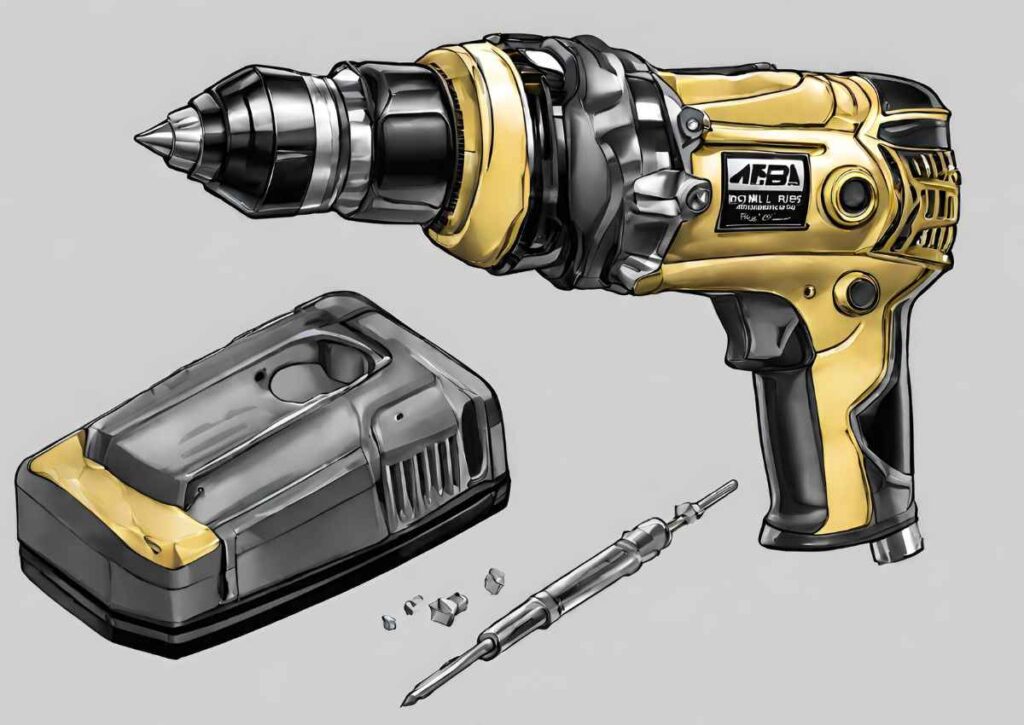Drilling, the fundamental process of creating holes in solid materials, plays a crucial role in various industries, from construction to manufacturing.
At the heart of this process lies mechanical drilling, where precision meets efficiency through the use of specialized machines.
Let’s delve into the intricacies of mechanical drilling and how machines have revolutionized this essential technique.
Understanding Mechanical Drilling
Mechanical drilling involves the use of a rotating drill bit, typically a multi-point cutting tool, to carve out holes of circular cross-section in solid materials.
The drill bit is pressed against the workpiece and spun at high speeds, ranging from hundreds to thousands of revolutions per minute.
This rotational motion, coupled with downward pressure, forces the cutting edge of the bit against the workpiece, effectively removing material and forming a hole.
Types of Drilling Techniques

While traditional drilling methods primarily employ a circular cutting motion, rock drilling introduces a different approach.
Instead of solely relying on rotational force, rock drilling involves hammering the drill bit into the material with rapid, short movements.
This technique is particularly prevalent in mining and construction activities, where solid rock formations require efficient penetration.
Furthermore, the choice of drilling technique varies depending on the specific application.
Horizontal drilling utilizes specialized drifter drills, while deep hole drilling, defined as holes deeper than ten times their diameter, demands advanced equipment and methodologies like gun drilling or BTA drilling.
Precision and Challenges
Achieving precision in mechanical drilling is paramount, as it directly impacts the quality and functionality of the drilled holes.
Factors such as tool alignment, feed rate, and material properties influence the outcome of the drilling process.
To minimize deviations and ensure accuracy, various strategies are employed, including spot drilling for initial hole guidance and center drilling to establish precise center points.
Moreover, the selection of cutting fluids plays a crucial role in enhancing tool life, improving surface finish, and facilitating chip removal during drilling operations.
Whether through flood cooling or spray mist application, the efficient use of cutting fluids optimizes the drilling process and prolongs tool longevity.
Innovations in Mechanical Drilling

Recent advancements in mechanical drilling technology have led to the development of innovative drilling methods, such as vibration drilling and orbital drilling.
Vibration drilling, utilizing axial vibrations in addition to rotational motion, offers improved chip breaking and removal, making it ideal for deep hole drilling and multi-material stack drilling applications.
Similarly, orbital drilling introduces dynamic offset motions to achieve precise hole machining with reduced thrust forces.
This method not only enhances hole precision but also minimizes issues like burr formation and material delamination, particularly in composite materials.
Applications Across Industries
The versatility of mechanical drilling machines extends across various industries, from aerospace to construction.
Magnetic drilling machines, capable of drilling in horizontal, vertical, and even overhead positions, find extensive use in structural fabrication, shipbuilding, and oil and gas exploration.
In woodworking, where precision and cleanliness are paramount, specialized drill bits like brad-point bits and Forstner bits ensure accurate hole formation without splintering or tearing.
Whether in metalworking or woodworking, the integration of mechanical drilling machines enhances productivity and quality across diverse applications.
Conclusion

Mechanical drilling, powered by advanced machines and cutting-edge technologies, continues to be a cornerstone of modern manufacturing and construction processes.
From precision engineering to efficient material removal, the evolution of mechanical drilling techniques underscores the relentless pursuit of innovation and excellence in the industry.
As we delve deeper into the realm of mechanical drilling, it becomes evident that machines are not just tools but enablers of progress, driving efficiency, and precision to new heights.
FAQs
What is the difference between mechanical drilling and manual drilling?
Mechanical drilling involves the use of specialized machines equipped with rotating drill bits to create holes in solid materials, whereas manual drilling relies on human-operated tools such as hand drills or braces for the drilling process.
Mechanical drilling offers greater precision, efficiency, and consistency compared to manual methods.
How does vibration drilling differ from conventional drilling techniques?
Vibration drilling incorporates axial vibrations along with rotational motion to break up chips and facilitate their removal during the drilling process.
This innovative technique enhances chip evacuation, particularly in deep hole drilling and multi-material stack drilling applications, resulting in improved productivity and surface finish.
What are the key considerations when selecting a cutting fluid for mechanical drilling?
When choosing a cutting fluid for mechanical drilling, factors such as cooling effectiveness, lubrication properties, material compatibility, and environmental impact need to be evaluated.
The cutting fluid should efficiently dissipate heat, reduce tool wear, and aid in chip removal to optimize drilling performance and tool longevity.
How can mechanical drilling machines be optimized for drilling in different materials?
Mechanical drilling machines can be optimized for drilling in various materials by adjusting parameters such as cutting speed, feed rate, and tool geometry to suit the specific properties of the material being drilled.
Additionally, selecting appropriate cutting tools and utilizing specialized coatings can enhance performance and extend tool life in different material applications.
What are the advantages of using orbital drilling over conventional drilling methods?
Orbital drilling offers several advantages over conventional drilling methods, including increased precision, reduced thrust forces, and minimized burr formation.
By dynamically offsetting the cutting tool’s motion, orbital drilling achieves precise hole machining with improved surface finish, making it ideal for applications where accuracy and quality are paramount.
Also Read
Directional Boring: Innovating Underground Drilling









